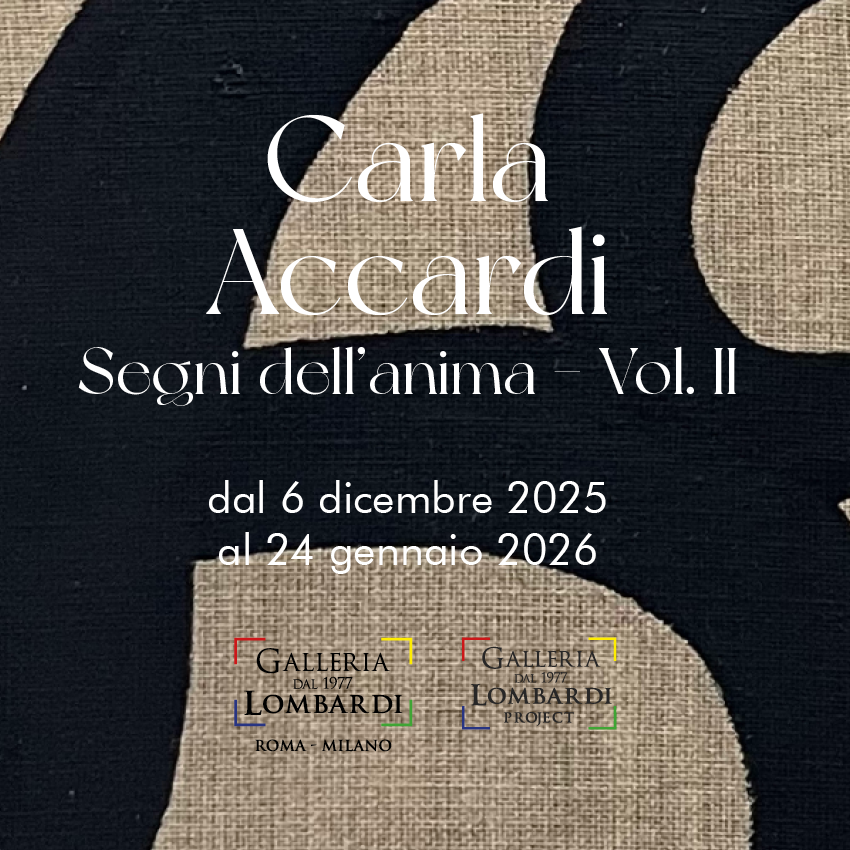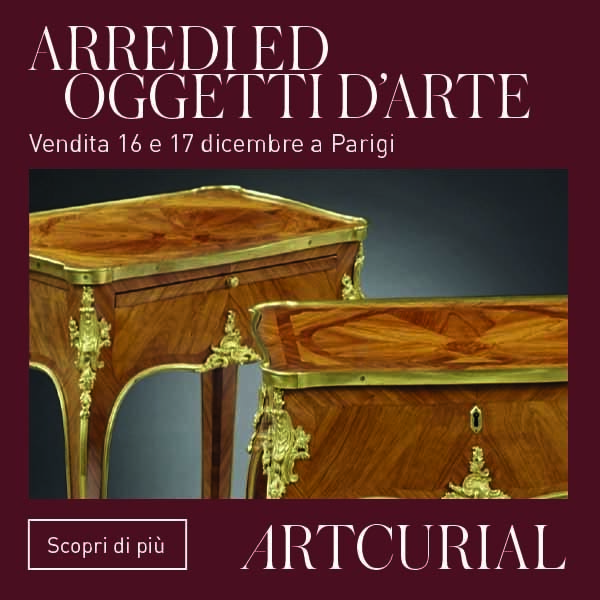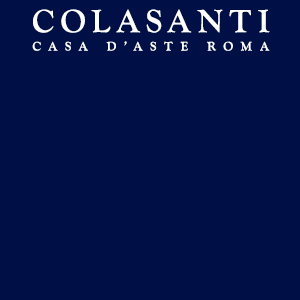A major work of the Meiji period will be loaned by the Nasser D. Khalili Collection of Japanese Art to the Royal Academy of Arts in London for the exhibition Bronze, on view from 15 September to 9 December 2012. This landmark show will celebrate the remarkable historical, geographical and stylistic range of this enduring medium and will bring together outstanding cross-cultural works spanning 5,000 years on a scale never previously attempted.
The work on loan from the Khalili Collection is a striking incense burner (koro), the manufacture of which was directed by Suzuki Chokichi (1848-1919) who used his art-name, Kako, to sign the finished piece. Chokichi was largely responsible for the successful redeployment of Japan’s bronze-casting skills and continued to play an important role in both domestic and international exhibitions throughout the Meiji period (1868-1912). This bronze is one of Chokichi’s favourite forms, the koro, a term which, by the 1870s, often referred to the shape of an object rather than its intended function so it is unlikely that this example was ever actually used to burn incense.
Although it has been in Europe since at least 1886 – when it was presented to the Kunstgewerbemuseum, Berlin – and is clearly of the size and quality one would expect of an exhibition piece, it is not possible to establish exactly when this work was made or indeed first shown. In 1881, the South Kensington Museum in London (now the Victoria and Albert Museum) paid the princely sum of £1,586.7s 2d for another large Chokichi bronze which had been shown at the great exhibition in Paris three years earlier and it is likely that this exhibit was also shown at an international event.
The Nasser D. Khalili Collection of Japanese Art comprises some 2,000 works and is the world’s greatest collection of Meiji decorative art, including pieces of metalwork, enamels, lacquerwork and ceramics, works by most of the known court artists and masters from the middle of the 19th to the early 20th century.











